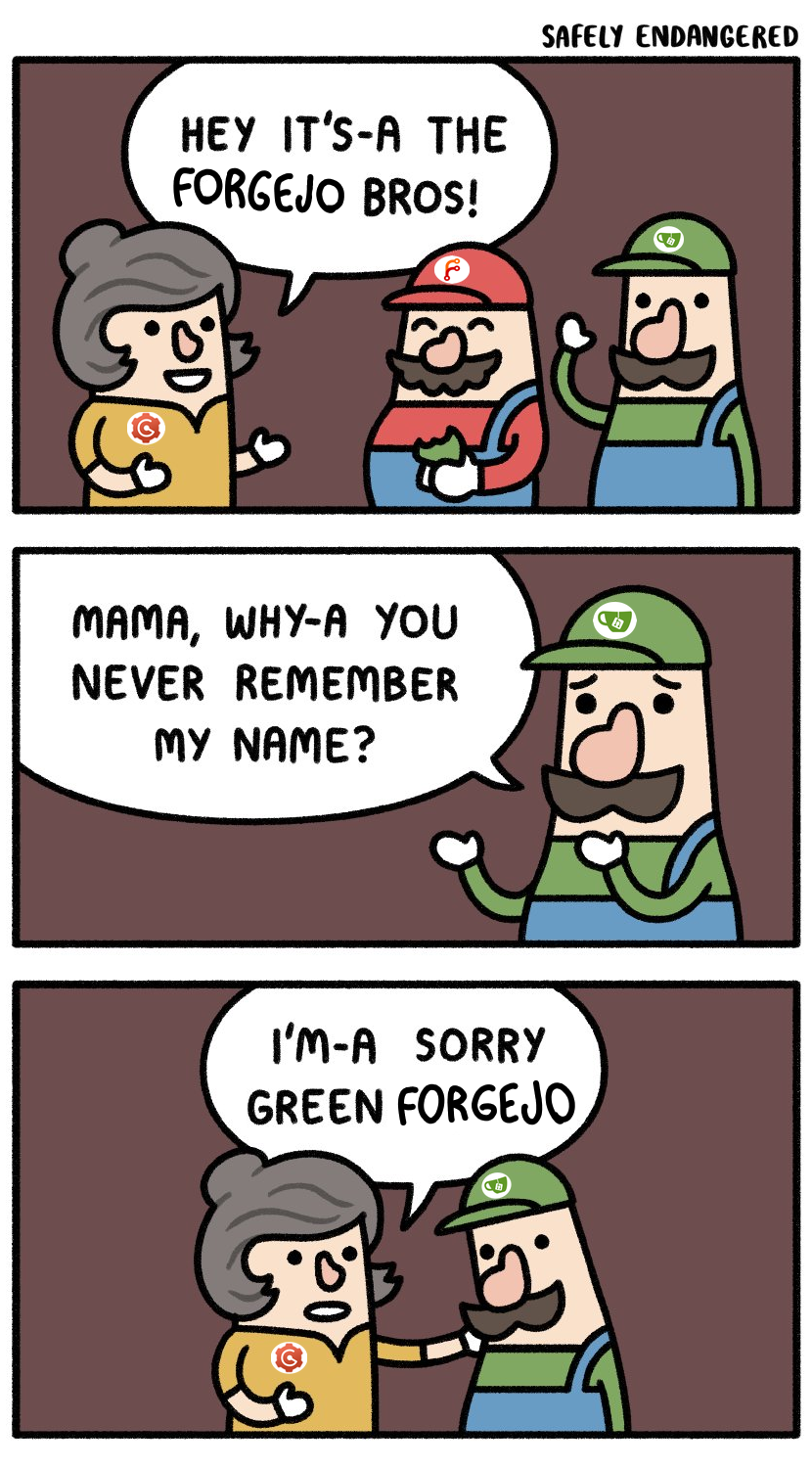cross-posted from: https://lemy.lol/post/30887473
I sometimes play games and also open my music player, but the sound from the game drowns out the music, so I need to go into the sound mixer on KDE and manually lower the game's volume every time.
I was wondering, is there a way to do this process automatically? As in setting up conditions like "if music is playing (some MPRIS API?) then lower all other apps' volumes)", maybe even crazier "if some app is outputting voice then set its volume back up and lower music app's volume or pause its playback altogether for some specified timeout that keeps being refreshed for as long as voice is heard".
I imagine the latter is a bit of a dream, but maybe for the first, even some quick sound profile selector would go a long way, say switching from "normal profile" to "background music profile", etc. which specify preconfigured volumes for those apps.
Is that a thing?


Will do, hopefully there is one